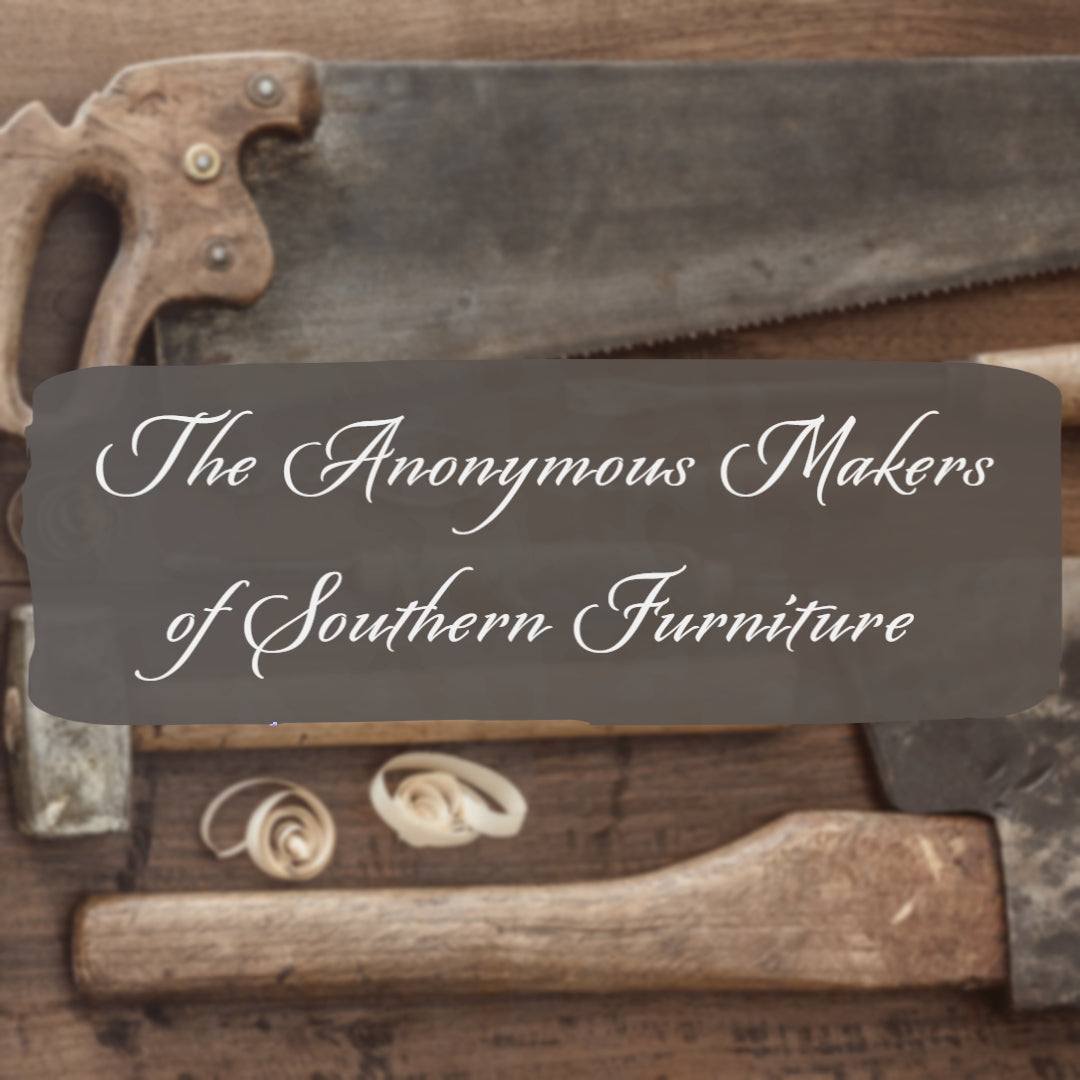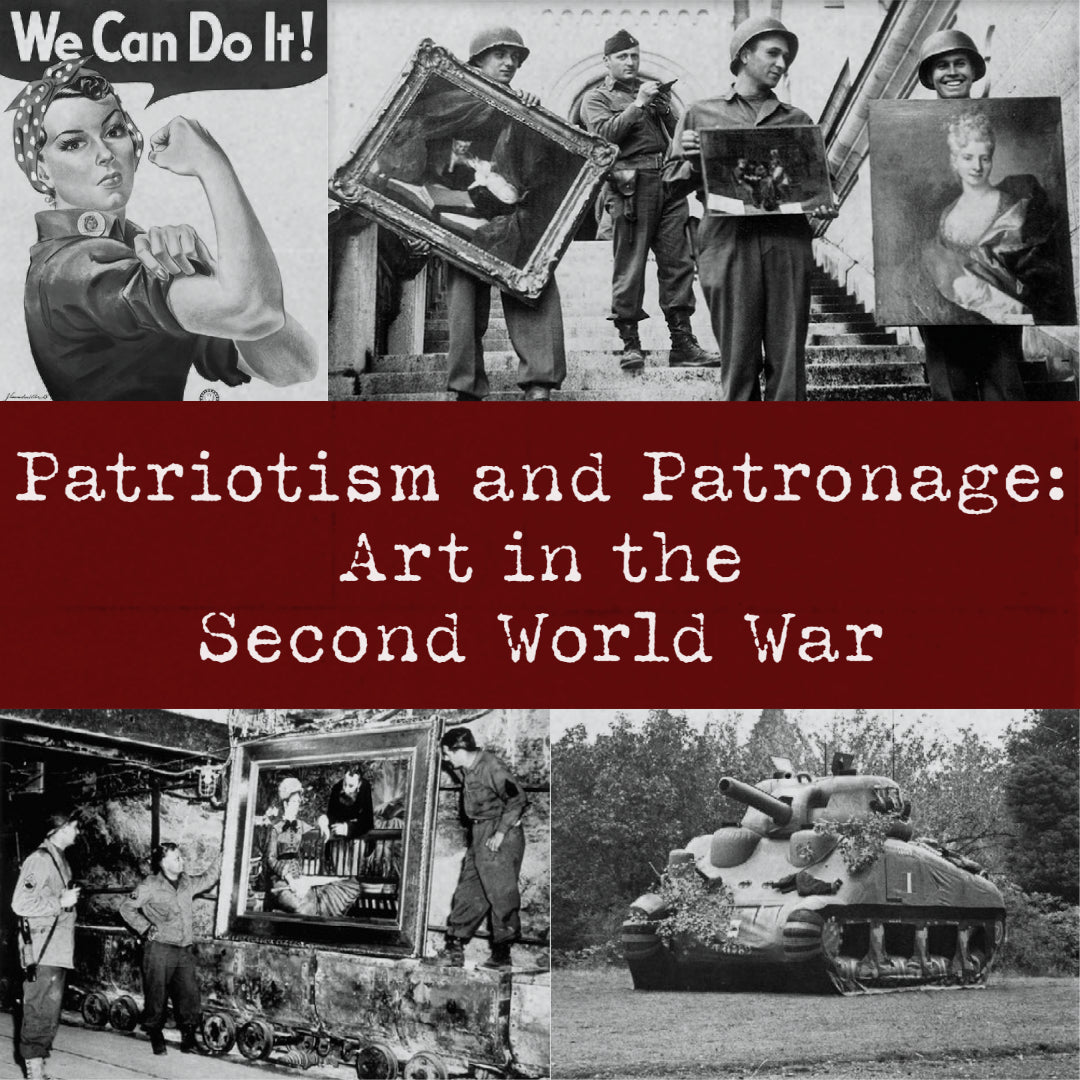
The Anonymous Makers of Southern Furniture
Enslaved peoples in the United States were trained as artisans in just about every trade that existed in the 17th, 18th and 19th centuries. From blacksmithing to weaving and especially furniture making, slaves were integral to southern craftsmanship but remain largely anonymous and unappreciated. Even Thomas Jefferson's estate, Monticello, is just one of hundreds of structures in the United states built almost entirely by slaves.
Thomas Jefferson established a joiner's shop for the sole purpose of creating and re-creating Monticello. One of his slaves, John Hemmings (brother of Sally Hemmings), became head joiner in 1809 and was very successful in creating the distinctive finish work and fine furniture that Monticello, and the Jefferson family retreat, Poplar Forest, are known for. While he could read and write, Hemmings did not sign any of the furniture he created; historians today can only make conjectures based on provenance and construction in attributing pieces to him. Regardless, Hemmings took immense pride in his work and was grief-stricken when he heard news that the ship that carried the writing desk he had made for Jefferson's granddaughter, Ellen Randolph Coolidge, was lost at sea. When Jefferson wrote to Ellen to console her, he noted:
"John Hemmings was the first who brought me the news...That beautiful writing desk that he had taken such pains to make for you! Everything else seemed as nothing in his eye, and that loss was everything... I asked him if he could not replace it by making another? No. His eyesight had failed him too much and his recollection of it was too imperfect." (1)
Instead, Jefferson replaced his granddaughter's lost writing desk with one on which he had drafted the Declaration of Independence. To this day, and in spite of the abundance of furniture that John Hemmings produced, there is only one piece of furniture - a simple round top table - that has survived and is able to be positively attributed to him. While so much of the work of John Hemmings is unable to be definitively identified, he and his work are also the most well documented of enslaved furniture makers. (2)
We may generally think of slaves as unskilled labor, when in fact there were many whose contributions were appreciated more than their humanity. Skilled craftsmanship added value on the auction block, whether it was brought from Africa or learned on a plantation. While some scholars suggest African crafting traditions were disrupted as a result of the slave trade, others suggest that these crafts not only survived, but were augmented by new traditions. Indeed, while many facets of African culture were discouraged in plantations and were thought to foment rebellion, slaves also brought a new aesthetic to furniture and other utilitarian objects that was appreciated by their masters.
While the mid-Atlantic and northern states had cabinetmakers and ebenistes that were highly sought after and able to profit from their work, the south had slaves that were equally talented but unable to achieve any recognition. Living in the shadows of the white homes they so splendidly decorated, slaves lived in squalor, only enriched by their shared traditions, both old and new. Furniture was but one aspect where slaves influenced American culture. We may not know their names but the quality of their work endures.
Citations: Robert L. Self, "'I Have a Job of 4. Pembroke Tables on Hand at Monticello': Five Tables Made for Thomas Jefferson’s Poplar Forest by Joiners James Dinsmore and John Hemmings"; Journal of Early Southern Decorative Arts, Museum of Early Southern Decorative Arts, 2023
To view this blog with additional photos, decor and furniture we have available click here!
Interested in reading our previous blogs? Click here!




Leave a comment
This site is protected by hCaptcha and the hCaptcha Privacy Policy and Terms of Service apply.